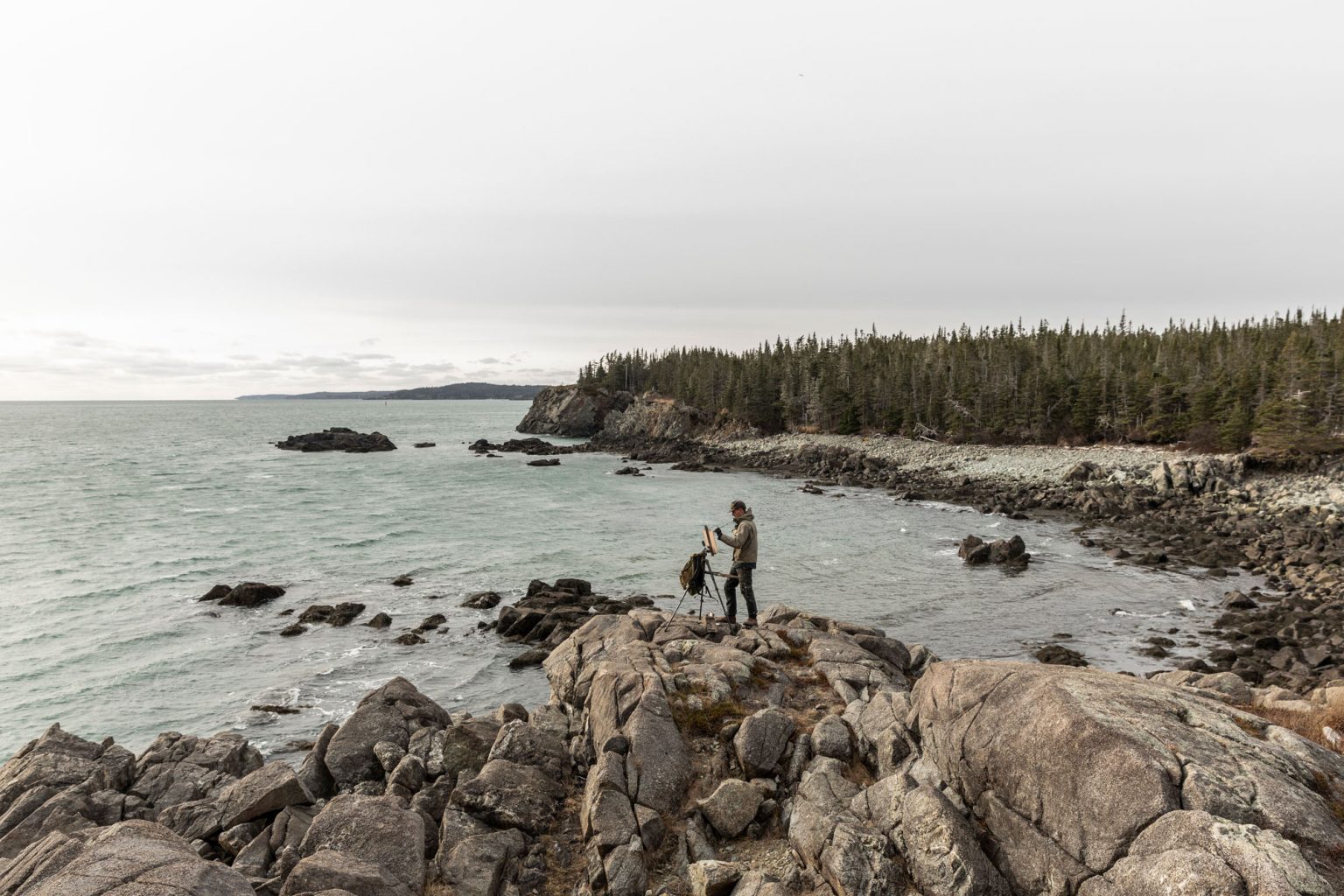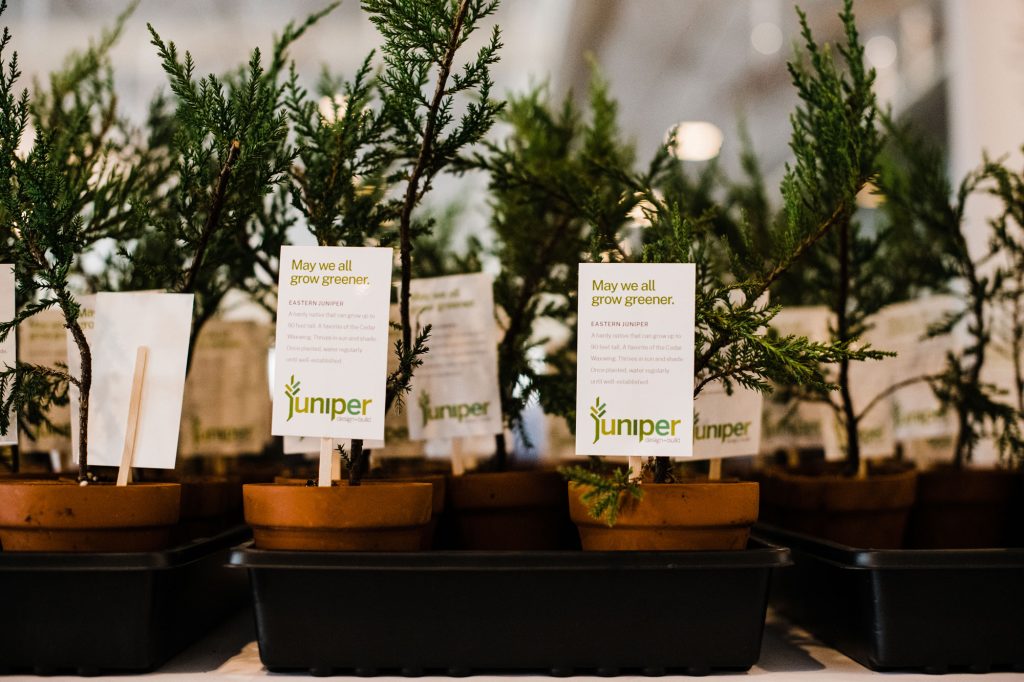Photo above by Greta Rybus.
Maine is well-known for being rich with beautiful public places that offer access to the wilderness. From well-known features like Acadia or Baxter to lesser-known gems that are too secret to share here, Maine’s outdoor spaces are (in my biased opinion) unmatched. What’s less well-known is that Maine is also home to an expansive network of properties under conservation by land trusts. These places are a growing resource that provide recreation, education, conservation, wildlife habitat, farming, and opportunities to slow the rate of climate change.
Land trusts are organizations that partner with property owners to protect and responsibly manage land that contributes to the overall environmental, community, and public health benefits of a region. The Land Trust Alliance identifies this work as furthering “public values such as water quality, sustainable forests, healthy ecosystems, productive farmlands, and welcoming nature trails.” While land trusts share core values, they can look and operate very differently from one another.
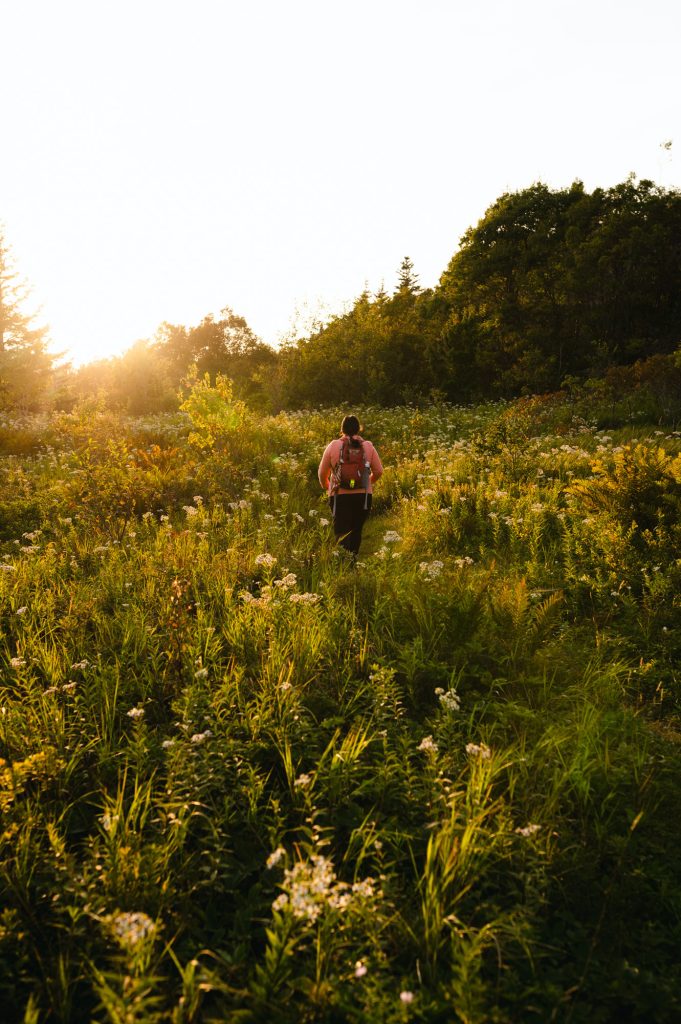
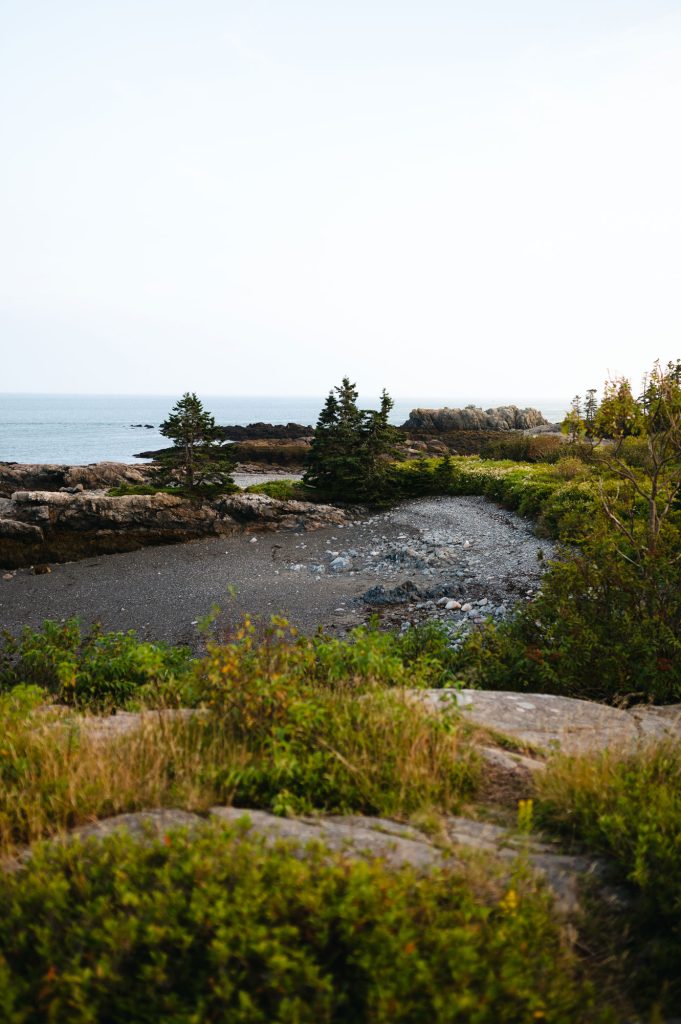
Cape Elizabeth Land Trust (CELT) identifies three pillars of its work: conservation, stewardship, and education. Launched in 1985 by a group of volunteers, CELT has protected 845 acres from development across 15 properties. Executive director David Briman points to two CELT properties to highlight the organization’s diversity of offerings. “Robinson Woods Preserve is a gem,” he says. “Within a short while of accessing a trail head, you can become immersed in the woods.” The preserve offers three miles of trails past ancient white pine trees, vernal pools, and 12 acres of open fields. Another property, Turkey Hill Farm, is a 100-year-old working farm that has been protected since 2009. The farm continues to produce a variety of crops, and area schools use it for educational programming.
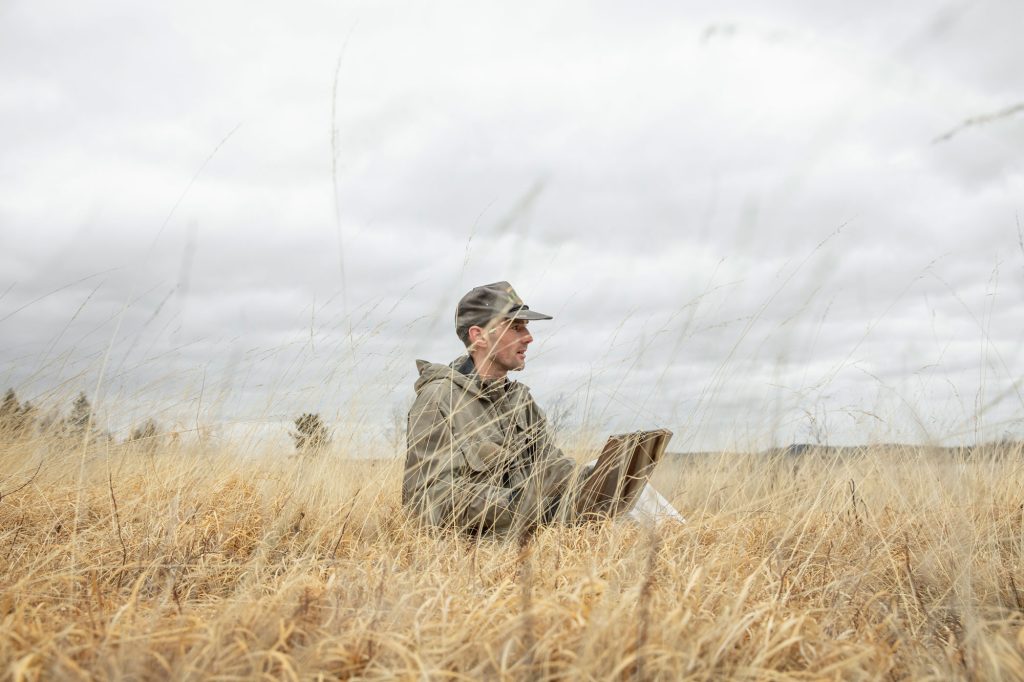
Across the state, the Downeast Salmon Federation (DSF) was launched in 1982 to protect the remaining population of endangered Atlantic salmon. DSF became accredited by the Land Trust Alliance in 2023, with more than 6,000 acres and 42 miles of riverfront in conservation. In five watersheds Downeast, DSF operates two salmon hatcheries, keeps riverine habitat forested and wild, and removes obstructions that impede fish migration. “DSF is keeping prized fishing holes and hunting grounds accessible and productive, and working with regional land trust partners to protect and connect large tracts of undeveloped habitat. These efforts benefit wildlife and help towns become more resilient to the effects of climate change,” says Sara Williams, coordinator for DSF’s land trust.
Together, Maine’s 69 land trusts steward over six million acres of forests, fields, shorelines, wetlands, and watersheds across the state. Together they have created, over 768 miles of hiking trails and engaged 93,000 people with programming. They have protected species that are critical to our ecosystem and cultural heritage, boosted responsible economic development, and absorbed carbon from our warming atmosphere. These preserved outdoor places are an important addition to Maine’s menu of beautiful places and play a critical role in securing a sustainable future for us all.
